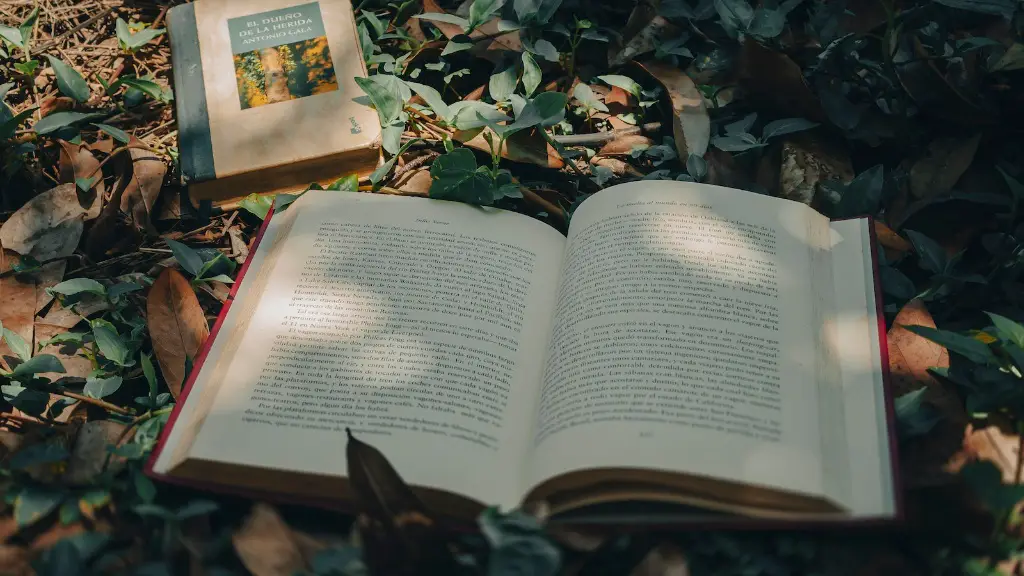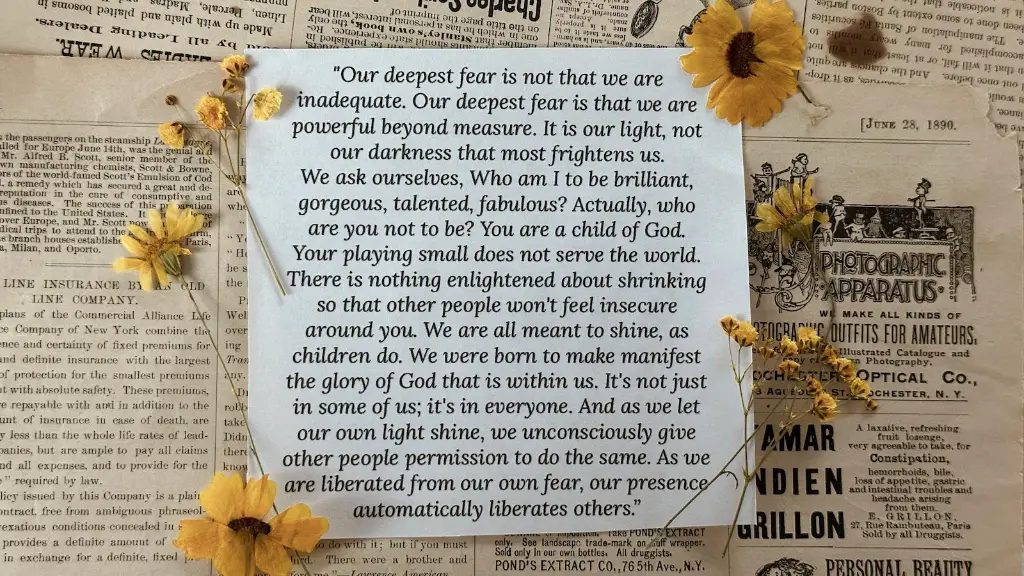Background and Meaning
Imagist poetry is a form of modernist verse that originated in the early 20th century. This type of poetry represents a radical departure from the conventional Victorian verse, which was heavily reliant on ornate language and drawn-out metaphors. Imagist poets such as Ezra Pound and T. S. Eliot rejected this style and sought to create works of ‘pure image’ instead. This meant focusing on concrete and sensory details, which would often include vivid references to everyday objects and scenes. As a result, imagist poets subverted traditional rhyme and meter in favour of words and phrases that captured ‘the essence of a thing’ and that could be easily understood by a modern audience.
On a deeper level, imagist poetry is interested in expressing the human experience in all its complexity. It often weaves together sensuous images and philosophical reflections, creating a powerful and evocative style of verse. By rejecting traditional poetic forms, imagist poets liberated themselves to explore a wide range of topics, from the swirling energies of the natural world to the revelry of urban life. At the same time, this freedom also allowed them to experiment with a variety of styles and structures.
Representative Examples
One of the most famous examples of imagist poetry is Ezra Pound’s ‘In a Station of the Metro’. This brief, two-line poem captures a scene of bustling commuters waiting on a train platform: ‘The apparition of these faces in the crowd;/ Petals on a wet, black bough’. Here, Pound uses alliteration and a succinct phrase to convey the scene’s frenetic energy and excitement. Despite its brevity, the poem manages to evoke a vivid image in the mind’s eye.
T. S. Eliot’s poem ‘The Love Song of J. Alfred Prufrock’ is another example of imagist poetry. In it, Eliot uses fragmented images to explore the alienation and restlessness of a sleepless night in a crowded city. His famous opening lines—‘Let us go then, you and I,/ When the evening is spread out against the sky’—conjure an entire world of nightmarish possibility. As the poem progresses, Eliot also uses references to everyday items (such as coffee spoons and sawdust restaurants) to capture Prufrock’s inner discomfort and malaise.
Comparison to Other Types of Poetry
Imagist poetry shares some similarities with Symbolist verse, which also emphasizes concrete images, visual metaphors, and sensory details. However, where the Symbolists use these techniques to explore the world of dreams and the subconscious, the Imagists tend to favor a more direct approach to language. This difference can be seen in the works of Pound and Eliot mentioned above. Whereas Symbolist poetry is often vague and dreamlike, Imagist poetry is concise, precise, and tangible.
Imagist poetry also bears some resemblance to the Beat movement of the mid-20th century. Both schools of thought are deeply concerned with the experience of the modern urbanite, often favoring an episodic, improvisational style of writing. Yet the two movements also offer two distinct outlooks. While the Beats often idealize the freedom of the beatnik lifestyle, the imagists are more concerned with creating works of artistic merit and engaging with the wider cultural discourse.
The Impact of Imagist Poetry
Since its emergence in the early 20th century, imagist poetry has had a powerful and lasting influence on the literary landscape. By embracing innovation and a commitment to the concrete details of everyday life, the imagists have helped to create an entirely new type of verse. This has subsequently opened the door to a wide range of styles, from the more naturalistic poetry of the Beats to the experimental modernism of William Carlos Williams.
Imagist poetry also has a much wider impact. Its interest in sensory detail and immediacy has allowed it to cross many artistic boundaries, from painting and sculpture to popular music and film. In doing so, it has helped to give modern art a language of its own, one that is as alive and vibrant as the scenes it depicts.
Techniques used in Imagist Poems
Imagist poetry often relies on several distinct techniques and approaches to language. One of the hallmarks of this style is its commitment to concision. Imagist poets often strive to include only the most pertinent details in their work — any unnecessary word or phrase is discarded. As such, many imagist poems take on an almost minimalist quality, distilling the scene or emotion down to its essential elements.
Another important element of imagist poetry is vivid imagery. Imagerie is an essential component of this style, as the poets rely on concrete details to create a vivid image in the readers imagination. Here, the use of sensory language becomes paramount — touching, hearing, smelling, and tasting all come into play. As a result, the poem is able to focus on the moment at hand and capture the essence of its subject.
Imagist poetry also emphasizes the use of concrete nouns and active verbs. Unlike the Victorians, whose poetry was often dominated by adverbs and adjectives, the modernists favored a direct and purposeful style of language. This allowed them to create works of poetic force and, at the same time, frame the scene in an unexpected light.
Conclusion
Imagist poetry is a powerful and vibrant form of modernist verse. By focusing on concrete imagery and sensory detail, the imagists were able to create a new type of poetry that has since become one of the most enduring and influential schools of thought. Through its vivid portrayals of the everyday and its commitment to concision and clarity, imagist poetry has continued to inspire generations of writers and readers alike.



